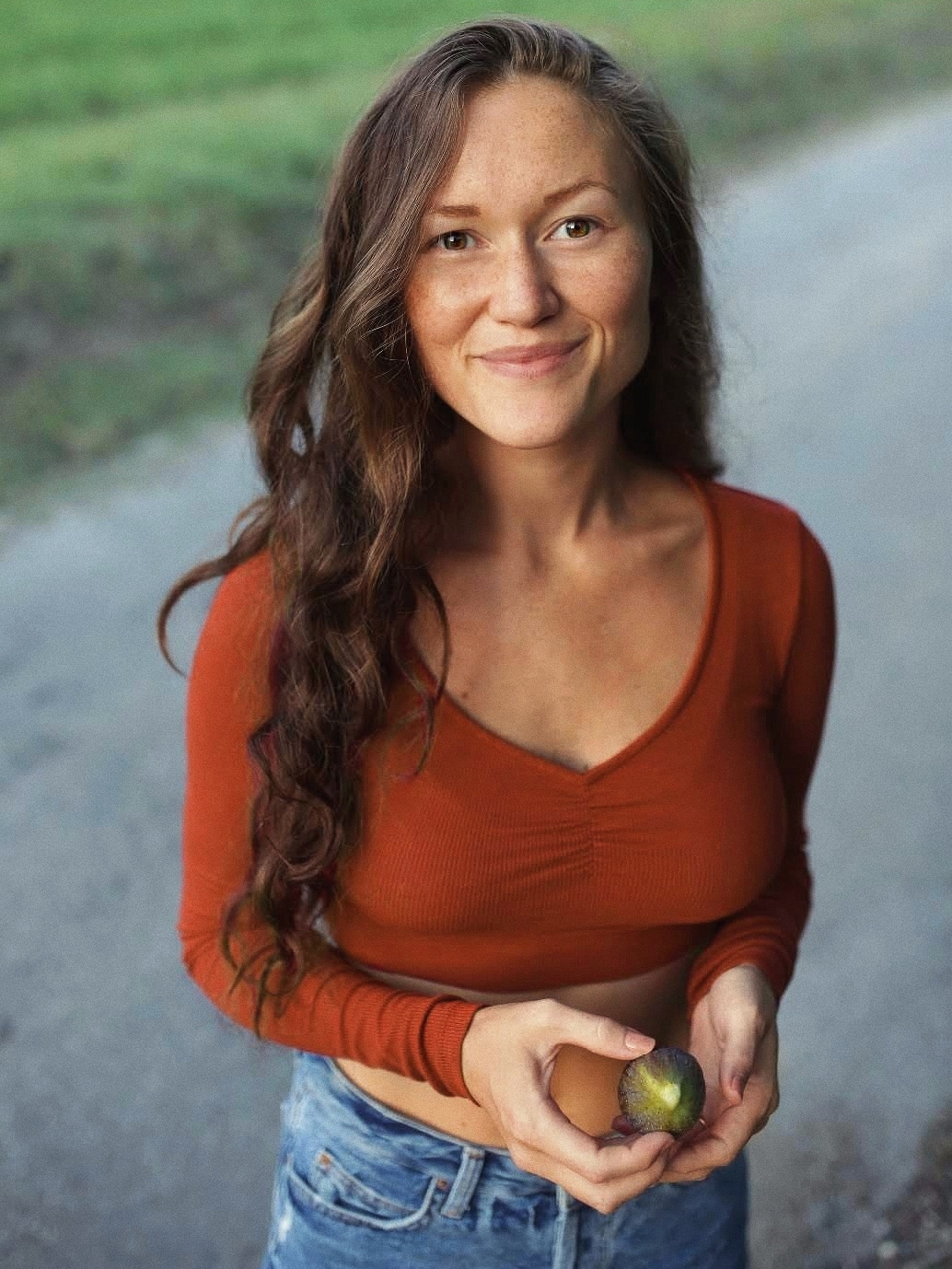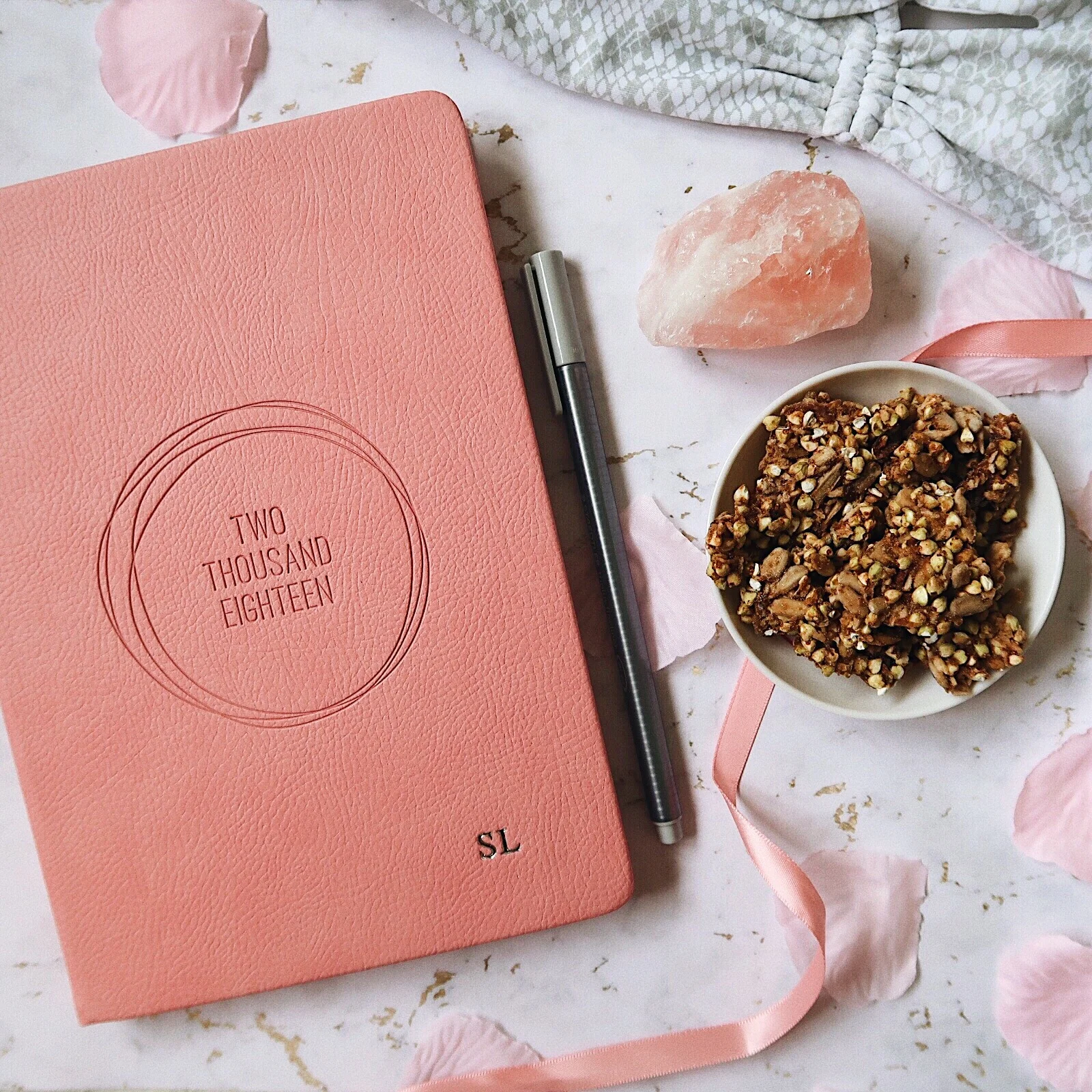Urban Vegetable Gardening: Shallots and Pallets (February)
February 2018. Freshly planted garlic and a 6 ft hanging planter put together by salvaged timber.
The picture above doesn't look too promising, exciting or even interesting, but February is often the coldest month of the year and there's not much that can be done in the garden. Most of the vegetable plants are dead at this time of year, and fruiting bushes/trees are still without leaves or buds - so everything can look very dull, but don't be mistaken - even a small space like this has the potential to produce a lot of fruit and vegetables in the summer months.
Last month we issued ourselves a challenge: in the summer of 2018, we want to grow enough fruit and veg to rely only on the garden - for three continuous weeks. We want to build a vegetable and fruit garden that will supply all of our fruit and veg, or as close as possible, for three weeks - from fruits to greens, herbs and edible flowers. The plan is to have no need for any store- or market-bought vegetables or fruit.
Can we do it? We're not too sure but we'll give it as much as we can!
This month, we mostly focused on one thing - sourcing wood for our planters, which will eventually hold a variety of different vegetables - from tomatoes, carrots and cucumbers to beets, Brussels sprouts and sweet potatoes. As there's not much going on in February, it's the perfect time to look out for and hold on to resources that we'll need later on in the year. Yes, the garden looks messy and it's a fine line between sorting out resources and hoarding, but we're confident we'll put everything to good use!
Below: EPAL shipping pallets collected and dismantled, the first process of building new planters for the spring. Buds are also appearing on many of the fruit bushes. Buds turn into flowers which should hopefully turn into fruit.
The Space
A messy urban vegetable garden, but it won't be for long. February is all about gathering resources.
We know our small urban garden isn't huge, but we're keen to see how much we can grow in this space. It's approximately 20ft x 15ft and northeast facing (which isn't great for sun-loving plants!). Last year we confidently grew a range of fruit and veggies. Tomatoes, blueberries and cucumbers, despite being sun-demanding plants, all grew very well.
The aim of this series is to see how we can grow organic fruit and veg in a small urban garden in London (Hardiness Zone 8). We want to keep our costs as low as possible while still producing quality food. We aim to use as much recycled and recyclable material as possible, and so each month we'll be tracking how much we spend for this project. A vegetable garden can be built with plenty of money, but that defeats the purpose when you could spend that money on vegetables instead!
Costs This Month
Money
£30 - 11 pallets: We were looking for EPAL pallets, which are made out of pine. It's harder wood, better quality and will last longer than most other pallet-wood. Usually these can be bought on eBay or Gumtree for £25 each - but that's a lot of money if you're looking to build even one planter! They're roughly 50cm x 120cm and perfect for planters of a similar size. This was a great deal and the pallet wood will be helpful over the coming years in the garden. You can also find pallets in garden centres (ask first!) or on the side of the street as building firms, shop owners and so on discard them or burn them when they're done with them. Ours were a obtained through a combination of garden centre foraging and a guy on Gumtree selling spare pallets cheaply.
£10 - B&Q (DIY shop): Miscellaneous items like screws, nails, connecting strips, and rope - all to be used on the planters.
£15 - Wooden decking: Used as shelving in the back of the garden for all of the fruiting trees/shrubs to sit on. We receive limited light in our northeast facing garden at this time of year, so elevating everything even by a foot or two means an extra hour of light for many of the patio trees. The planks will sit on top of breeze blocks and standard clay bricks that were laid in the garden by the previous owner.
Time
2 hours building hanging strawberry planter.
4 hours taking apart pallets.
1 hour planting garlic & shallots, clearing last year's bed, planting bulbs, creating temporary fencing around to protect from wildlife.
The Plants - New Plants & Updates
Below is a list of vegetables that we have planted or sown this month. We'll update this each month.
Garlic - Collecting various sprouting garlic over winter. People say don't plant garlic you find in markets/stores as they can carry disease but last year's home-grown garlic was done in this way and it turned out fine. We will keep an eye on this!
Shallots - supplied by D.T. Brown, shallots are a first for us. They clump together rather than creating a single bulb and we're looking forward to the results.
Below is a list of fruits that are currently in the garden, ready to start growing in the spring. We will add to this list as the growing season progresses.
Raspberries - Regular, Golden
Plum tree
Cherry tree
Blueberries - Sunshine Blue, Legacy, Draper
Redcurrants
Blackcurrants
Goji berry shrub
Strawberries
Figs - Panachee & Brown Turkey
Almond - Dwarf
Peach - Dwarf, great for patios.
Red grape vine
From left to right: Our blueberry plant from Mr Fothergill's is starting to grow buds. The damp soggy garden - in the midst of winter. The garlic and shallot bed, fenced off from cats by old canes and last year's Christmas tree.
What We Need To Do - February
Once again it's a quiet month as it's still too cold to be planting most fruit and veg in the growing space. While we're waiting for the temperatures to increase though, there are a few things we can do to make sure we're ready to get started once it warms up.
Source wood for pallets. In a month or two, we'll be building more planters - last year we built a single large one. We will need more timber for this, but we're on the lookout for good-quality shipping pallets (EPAL are usually perfect as they're very robust but hard to take apart). So far, we've picked up a bunch of used pallets for free and some at cost (see above) and we'll be hopefully continue to build up our collection in time for March when we build new beds.
Gather resources for planters. We don't have to use just pallets, we're on the look out for long beams of wood to use as shelving in other places in the garden.
Planning the garden. With the increased hours of daylight we're starting to better understand our growing space - seeing how much light our garden receives. If you've got a garden with a lot of shade, it's going to be hard to grow most fruit & veg favourites and, although ours is shady in the winter, the days start to get longer in February and the spot at the back of the garden that received no light last month starts to get sunshine for a few hours during the day.
Considering options. With a better understanding of what our space is like, we can have a think about what we'll be growing and planting this year. We've already received a bunch of fruiting plants from D.T Brown and Mr Fothergill's.
What's Next?
Next month, March, we will step up our activity in the garden. Lots of seeds will get sown indoors and at a later date after the last frost, they'll be planted outside in beds and pots. Next month we will also look to set up the strawberry planter and make sure we have strong plants growing ready for spring. On top of this, we'll still be working on deconstructing the 10 pallets we collected, as their wood will be really helpful later on in the year. We might even start building some planters for some of the larger veggies like tomatoes and cucumber.
What One Thing Should You Do In February?
Last month, we suggested picking up some hardy fruit bushes - specifically blueberries; however, this month is mostly about taking stock. February is a great time to think about what you can be planting and how you're going to do so - and this can be done from the comfort of your sofa with a warm mug of tea. Will you be planting things in the ground or in pots? Will you be buying containers or building them? This month allows you to see what you'll need to do to build a summer vegetable garden. It's also a good time to start looking at the light in your garden as the days are getting longer, no doubt you'll see the sun shining on different parts of your garden compared to last month and November/December.
If you have any tips, or suggestions or questions about urban vegetable gardening in the UK I'd love to hear from you!
Post supported by Mr Fothergill's & D.T. Brown, who gifted us some baby plants to grow. All reviews are always honest & my own - please share your opinions too! By helping the brands who support this blog, you'll help me in turn to share more ethical products & services :) Thank you again for reading this post!















